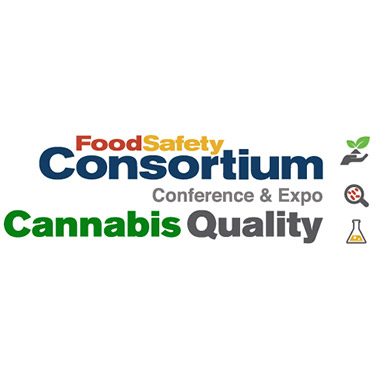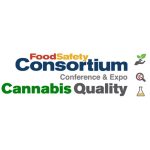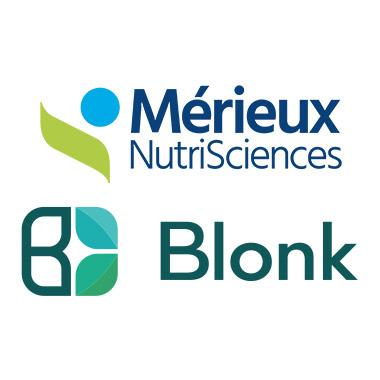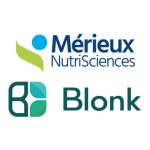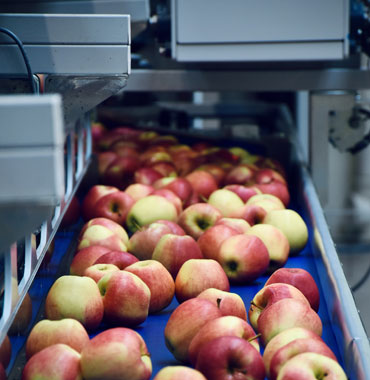On three recent occasions, I have talked with food safety leadership at mid- to large-sized processors about their food safety testing and sanitation programs. While these organizations each face some unique challenges, there was a common theme that was clear among them all: The creation of meaningful and timely reporting that is communicated effectively is typically just too cumbersome and manual today.
Other industries have digitally transformed the management of testing, diagnostic, and sanitation workflows. Take, for example, the healthcare industry, where the electronic health record (EHR) has become the standard means of system-wide communication of patient health and risk information. All testing and diagnostic data related to a patient is added to their EHR, making it far simpler for medical professionals to access and use in their assessment and determination of appropriate treatment programs and medications. In addition, the EHR makes it easier for health providers and payor organizations to access aggregate data to assess outcomes, risks, and other measures relevant to the organizations and the industry.
The banking industry, which years ago established online electronic banking as the standard means of transacting business, provides another digital transformation example. Each personal or business account holder can be seen as a source of transactions (analogous to a series of diagnostic results), where there is an expected outcome. The old way of banking, via manual, paper-based systems, had many limitations, including the risk of human error.
Resistance to change abounded in each of these examples, but the benefits of accelerating access to information, eliminating human error, and streamlining the ability to collect, assemble, and deliver impactful analytics, far outweighed the hesitancy to move forward with new digitally supported methods.
In the food and beverage manufacturing and processing industry, resistance has remained very strong within Food Safety & Quality functions. This resistance has largely been the result of food safety regulation being viewed as a “compliance” necessity, and it therefore does not receive the same attention as a business innovation that yields a business growth outcome.
New thinking on this conundrum is starting to generate a different perspective on the matter, however. Early adopters of digital food safety management platforms have found several business benefits beyond streamlined compliance outcomes. At the 2023 International Association for Food Protection (IAFP), a panel of food safety leaders from three different organizations discussed their experiences in adopting digital software for managing their testing programs. Excerpts from this event can be found in this video.
The main discussion centered on how each organization established a business justification for adoption of digital technology to manage their testing programs. Here are three effective justifications that I have heard from leadership, which also featured in the discussion at IAFP:
- Time-to-Information: Digitally connecting testing workflows with the lab and triggering instant alerts as nonconforming results are detected is a major benefit. This can transform a team’s approach from reactive to being truly proactive and “preventative.” Catching issues before they blossom yields a huge business benefit, including the ability to launch and complete a Corrective Action without disrupting production.
- Operational Up-time Gains: Many organizations see an unplanned clean-in-place (CIP) process or tear-down as “a cost of doing business.” It does not have to be. When testing data reveals a trend that can be detected before it results in a major cleaning and operational delay, the financial benefits are profound.
- Team Efficiency and Fulfillment: Food safety technicians and leaders alike focus too much time on manually entering diagnostic result data and manipulating spreadsheets for reporting. Digital automation shifts the emphasis from data entry and preparation to analyzing and solving issues. This shift results in higher job satisfaction, less turnover, and lower costs in hiring and retraining.
If you are challenged with building a business justification for adoption of digital technology in your organization, perhaps the thinking in this article will provide a starting point.



![Example Risk Scoring Table]](https://foodsafetytech.com/wp-content/uploads/2024/04/Figure1.jpg)


